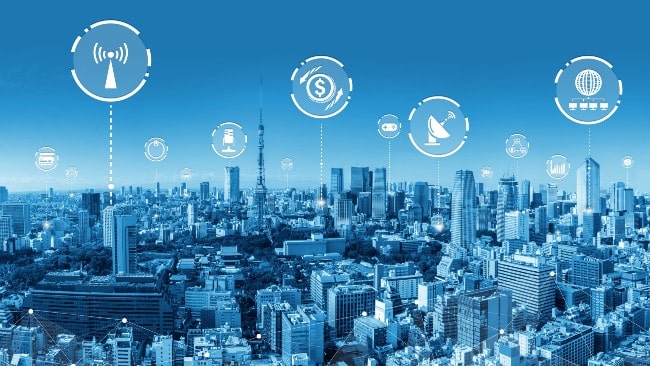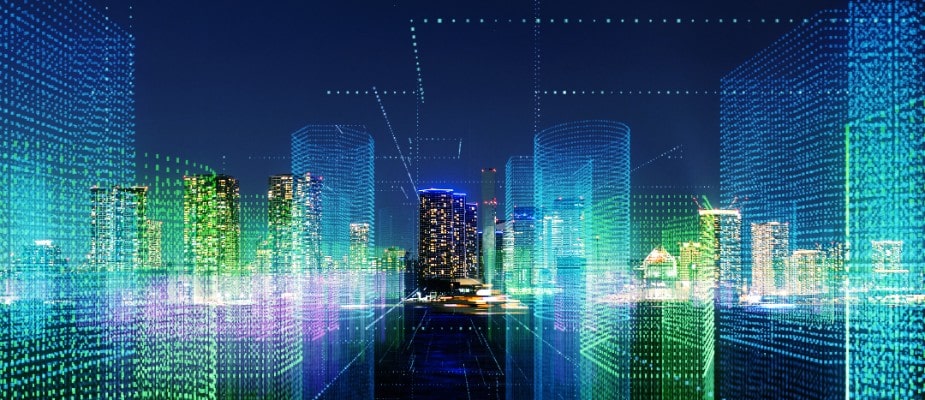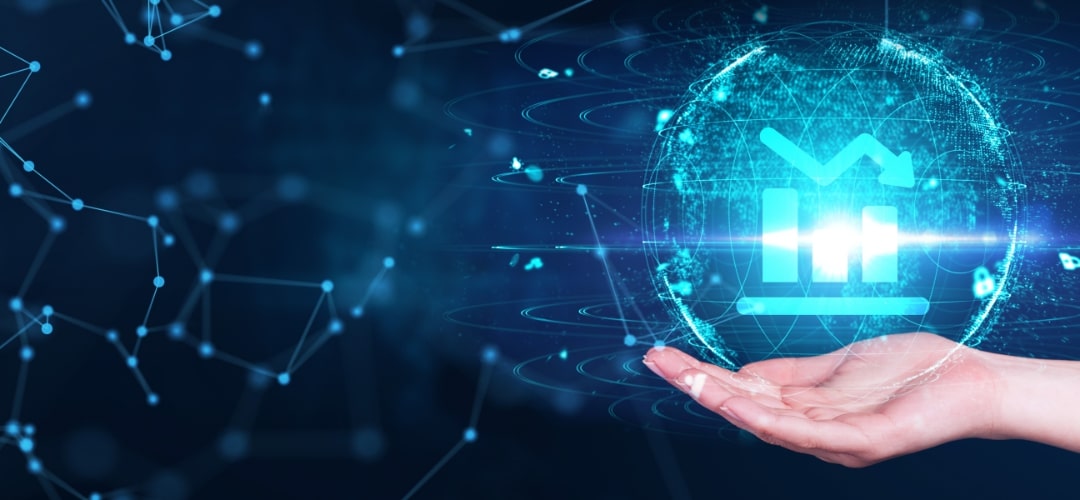5G, one of the most exciting developments of the decade, is finally becoming mainstream. 5G connections will grow from 10 million in 2019 to one billion in 2023, with a CAGR of 217%. 5G’s exceptional bandwidth, improved reliability, and ultra-low latency will enable a paradigm shift in mobile communications. But the real potential of 5G comes when using this technology in sync with other technologies, especially the cloud, IoT, and edge computing. Enterprises that use a combination of these technologies can unlock use cases considered implausible not too long ago.
IoT enables continuous communication with remote devices. But the technology has remained hamstrung so far because of a need for more bandwidth. Networks hosting IoT need the capacity to handle massive traffic, which 4G networks cannot provide. 5G transmits data 100x faster than 4G and enables IoT-powered devices to communicate much quicker than before, with high reliability. The technology allows near-zero latency and boosts real-time network performance even in remote and far-flung locations such as oil fields. 5G’s stable connectivity enables real-time data transfers for IoT devices such as home automation gadgets, voice assistance apps, self-driven vehicles, and security cameras.
IoT also comes with the challenge of data processing. The billions of IoT devices emitting data by the second overwhelm conventional clouds. The edge offers a viable solution. Edge computing enables processing data near the IoT device, taking the load off centralised cloud servers and reducing network traffic. For instance, self-driving cars may perform data processing at the source, in the vehicle, with zero latency. Edge computing enables various use cases, including home automation systems, voice assistants, and location-tracking apps.
Business leaders have started developing ambitious business strategies to harness 5G, in combination with the cloud and the edge, to kick-start IoT. They have laid down plans to improve their systems and make them more customer-focused, turbocharged innovation, and agile.
Unmatched resilience
The cloud makes the enterprise network resilient. The cloud offers unlimited scalability and substantial computing resources, which the edge lacks. The unlimited resources available within the cloud, with easy scale-up, enable enterprises to adapt to any situation quickly. 5G and edge improve resilience. IoT devices send data they cannot process locally to centralised cloud servers. Here, the low latency provided by 5G comes into play to ensure seamless sync. The cloud also hosts AI-powered algorithms and analytics engines, enabling real-time actionable insights from the IoT data.
Enterprises no longer have to bother about server, memory, and processing power when deploying new applications. Still better, they can shed unneeded resources once a one-off project gets done.
The cloud became a lifesaver during the pandemic by enabling an easy transition to work from home. 5G allows entrenching such hastily set up systems. The edge reduces pressure on data centres and service networks, further improving enterprise resilience.
Setting up real-time systems
Today’s fast-paced business environment mandates a “grab and go” business model. Customers do not prefer waiting and often demand instant results. Catering to such customers needs a backend of sophisticated sensors, advanced networking, and real-time analytics.
Consider a customer who enters a hypermarket. IoT sensors and computer vision follow the customer and identify their product selections. The analytics engines analyze such data and collate it with the customers’ purchase history to offer coupons, suggest cross-sell and recommend up-sells. The same system can also automate checkout, saving the customers time and streamlining the process. At the backend, the hypermarket enjoys the benefit of real-time inventory updation. They also save on personnel costs.
On-demand supply networks.
Time-sensitive data has a short lifespan. In today’s fast-paced world, the lifespan of data is often just milliseconds, after which it becomes worthless. Enterprises that can convert data into insights at high speed, in real-time, and take action on it, get a competitive advantage. 5G and edge offer the infrastructure for such real-time insights.
The biggest application is on-demand supply networks. Enterprises could, for instance, set up proactive maintenance to keep critical systems running without downtime. Real-time data analysis from IoT sensors generates alerts when sensitive readings fall outside the recommended range. The field service team could schedule servicing and fix the issue before the problem escalates to a shutdown. Likewise, enterprises could use live data to source supplies from the partner whose delivery path faces the least bottlenecks.

Cost and efficiency improvements
Enterprises operating on hyper-thin margins can control and automate repetitive functions, boosting efficiency and saving costs. For instance, supply chain operators may place AI-powered cameras at freight yards and warehouses to count stock, eliminating cost-intensive clerical work. Similar computer vision on factory floors and in offices may validate safety protocols and ensure procedural compliance.’
Process automation
Autonomous robots are already on the job, loading ships in Dutch and Chinese ports, automating fulfilment centres and warehouse movements, and performing several other heavy-duty applications. “Cobots” work alongside human workers and take over time-consuming and dangerous tasks. The accurate movement of these robots depends on real-time data analytics enabled through 5G and edge. These technologies reduce operating costs, speed up time-to-market, and boost overall efficiency.
Digital twins
A digital twin is a virtual representation, extending to the system’s life cycle. Real-time data feeds and sustains the digital twin. The technology relies on machine learning and simulation to unlock various business use cases. The combination of 5G, edge, cloud, and IoT sensors provides the tech stack to set up digital twins.
One of the most common applications of digital win is to optimise supply chains. Consider a global consumer products manufacturer that creates virtual models of its factories. Embedded IoT sensors transfer performance data to machine learning applications that generate digital twin simulations. The insights from such digital twins help optimise performance. The best-performing factory becomes the benchmark for other factories to emulate. Predictive maintenance, waste reduction, and quality all improve.
5G, edge, and related technologies are a dynamic progression of digital innovation. These technologies offer a quantum leap in networking capability and expand the spectrum of business possibilities in a huge way. There is no short cut though. 5G edge comprises multiple modules and comes with an ecosystem of solutions, vendors, and all the ensuing complexity. The technology is still nascent, and it will take time to set up the network, connect devices, and customise it to the business’ liking. Early adopters gain valuable first-mover advantage. In today’s fast-changing world with a short shelf-life for technology, companies on a “wait and watch” mode are more likely to lose out permanently.












